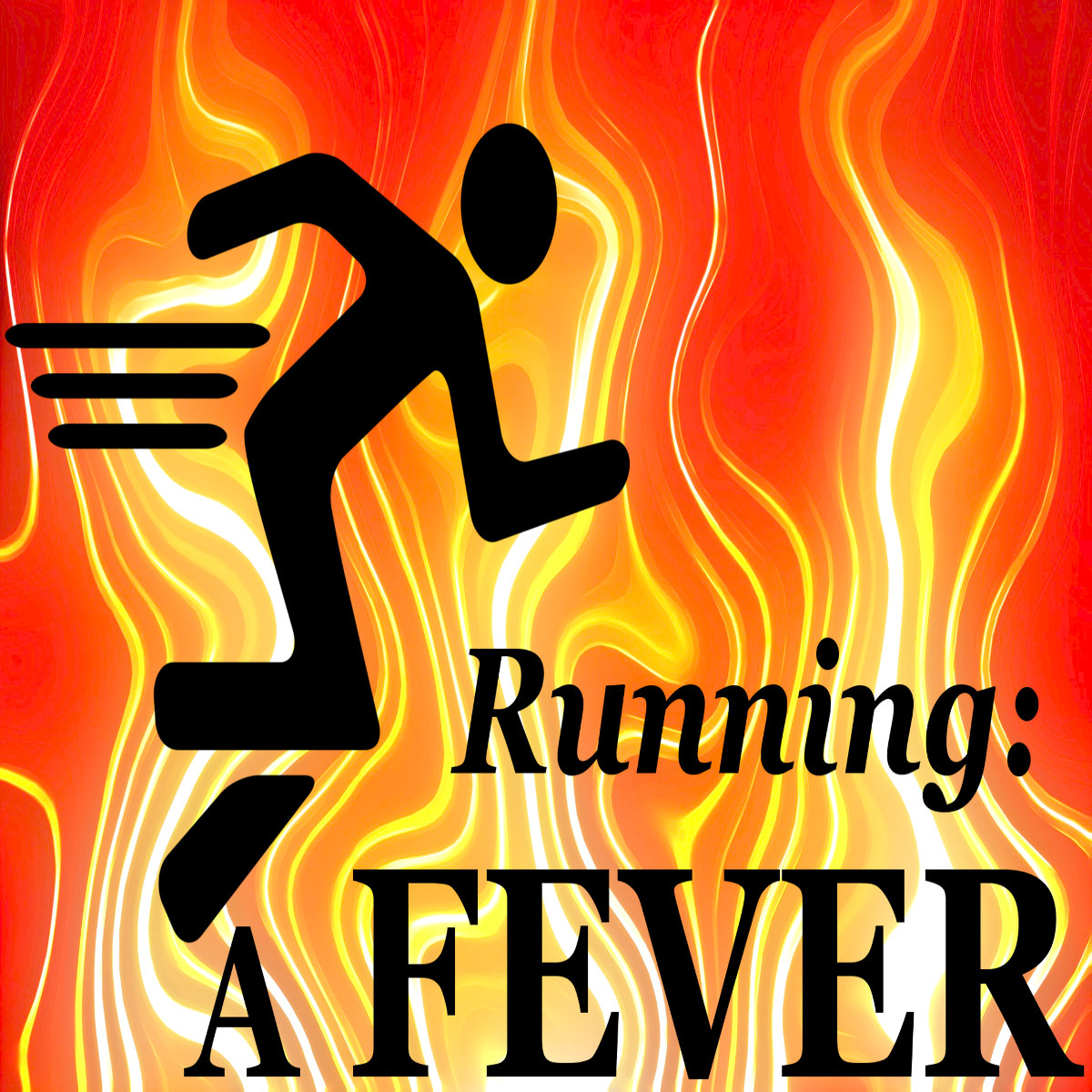Welcome to Running: A FEVER. My name is Michael Davis. This is a podcast about fitness, diet, and medicine. My goal is to live a long, healthy, happy, active life right up to the very end. I’ll do that by loving my life enough to make it last as long as possible.
It’s the 3rd in our series of 10 episodes about Dental Health. The series explores the why and how of dental issues and then how to take action to correct and prevent them. I hope we can all improve our oral conditioning by applying this newly gained knowledge about our teeth.
This episode will be focused on diet. How does our diet affect our teeth and mouth positively and/or negatively? What can we do to improve this aspect of our health by eating differently? What foods are good and bad for us in the dental area? I hope to answer these questions and more in this episode. And if you have a question that I don’t answer today, one of the best ways to ask it is to do so in a comment to this video. Just scroll down and start typing. I’ll be notified of the comment, and I will attempt to answer either in reply to your comment or in a future episode if I think it might benefit the whole audience.
Well, diet is one of the three topics this podcast covers. We’ve talked about it for possibly hundreds of hours at this point, but the dental aspect is something new. If you’re like me, you were probably told as a kid that sugar will rot your teeth. So you just need to avoid sugar, brush, and floss, and you won’t get cavities. But I now know that it’s a little more complicated than that.
Let’s start with something I introduced in the last episode, part 2. pH is a measure of the acidity or basicity of liquids. A lower pH means more acid. A higher level means more base. Tap water has a pH of 7, is considered neutral, and has the same level of acid and base. More than seven is more basic. Less than seven is more acidic. pH will figure prominently in our discussion of diet and oral health in general.
When we eat, we need acid to break down our food and begin the digestion process, which starts in the mouth. Unfortunately, harmful bacteria, the kinds that steal minerals from teeth, thrive in an acidic environment. Also, the good bacteria we need will die in an acidic environment. When we finish a meal, we no longer need the acidity in our mouths, so our saliva, as discussed in episode 371, returns the pH to normal neutral.
You can probably see that sugar, which bacteria also love, combined with acid is a bad combination. Sugar is still a problem. We don’t want to give them time to work together to destroy our teeth. But when we eat or drink (anything but water) often or even continuously, we maintain that acidic environment and the whole evil show keeps playing out. So how often we eat can be just as important as what we eat—perhaps even more so.
My hygienist tells me to drink my coffee quickly and let my mouth return to its normal pH. I wouldn’t suggest hurrying through your meal for this reason but don’t stretch them out. I’m bad at this, especially when I’m watching videos while eating. Also, I’m a Southerner (in the USA), and it is always a cultural thing to have a drink nearby, traditionally iced tea. I guess it stems from the heat in the South before the days of air conditioning.
If you must eat more often for health or other reasons, use a high-pH oral rinse afterward. I just looked at the store-brand dry mouth rinse I use and didn’t see any mention of pH on the bottle, so I need to do some research there. Perhaps there is a product that does both.
As I said, sugar is still a problem, and this is the main thing about WHAT we eat that is important to dental health. Sugar provides food for the bad bacteria that thrive in acid. And on average, we (people in the western hemisphere) eat way too much sugar. The average person has 17 teaspoons of sugar a day. That’s a third of a cup. And it’s been said that sugar is the most addictive substance in the world. So try to reduce your sugar intake. And I’m not just talking about refined white granulated sugar. Sugar can be found in various forms in many of the food products we eat. Go to your kitchen and start looking at cans and boxes. Look for sugar and high-fructose corn syrup. Starchy foods like bread, rice, pasta, and potatoes act like sugar in the body, so moderate your consumption.
So, there are two basic concepts. Like your dentist told you as a child, don’t overeat food containing sugar or starchy foods. Perhaps more importantly, you should be aware of how often and how long you eat and try to minimize the frequency and duration of your eating and drinking.
I am sure there’s more to learn about diet and mouth care, but that’s all we have time for today. I really hope this helps you understand how to take care of your teeth by watching what and how you eat.
And as always, if you have the fever already, keep it burning. And if you don’t, catch the fever. And I will talk to you next time on Running: A FEVER.
References:
https://en.wikipedia.org/wiki/PH
Google search for “starchy foods” – AI Overview
Kutsch, V. Kim. Why Me? The unfair reason you get cavities and what to do about it. Anacortes, Washington: Soapbox Publishing, 2020.
Image by HealthcareandFoodlife:
https://pixabay.com/users/healthcareandfoodlife-44515581/?utm_source=link-attribution&utm_medium=referral&utm_campaign=image&utm_content=8845313
